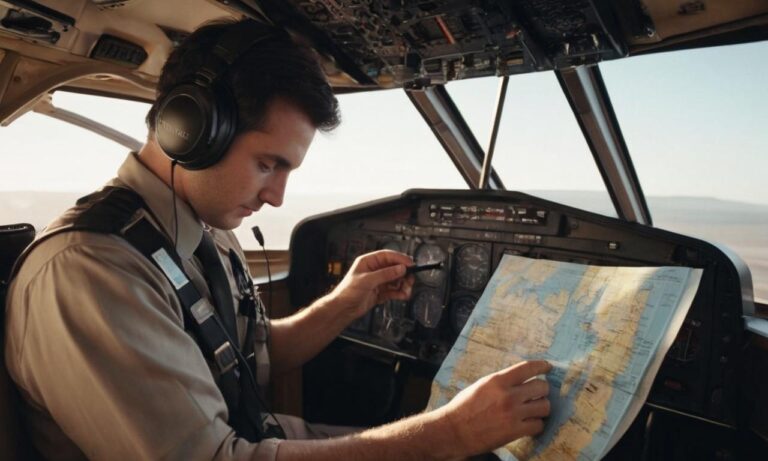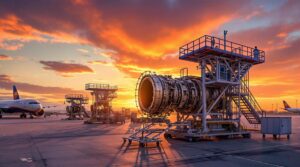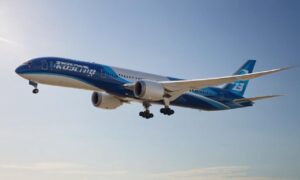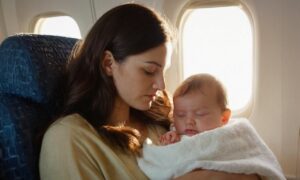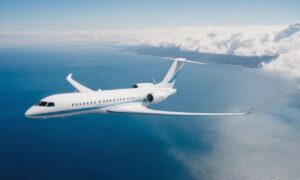Flying a plane is a skill that captivates the imagination of many, conjuring images of freedom and adventure soaring through the skies. But behind the romanticized notion lies a complex and demanding endeavor that requires a deep understanding of aviation principles, rigorous training, and a commitment to safety.
The Complexity of Aviation
Flying a plane involves mastering a myriad of complex systems, from understanding the aircraft’s aerodynamics to navigating through airspace. Pilots must have a comprehensive knowledge of weather patterns, air traffic control procedures, and emergency protocols. The cockpit itself is equipped with numerous instruments that require constant monitoring and interpretation.
Training and Education
Learning to fly is a structured process that involves both theoretical knowledge and practical experience. Aspiring pilots typically undergo extensive training, starting with ground school where they learn the fundamentals of aviation, navigation, and meteorology. Subsequently, they progress to flight school, logging a significant number of hours in the cockpit under the guidance of certified instructors.
The Federal Aviation Administration (FAA) in the United States, and similar aviation authorities worldwide, set stringent requirements for pilot certification. These requirements ensure that pilots are well-prepared to handle various situations and challenges they may encounter during flight.
The Role of Technology
Advancements in aviation technology have introduced sophisticated systems that aid pilots in navigation, communication, and safety. While these technologies enhance the overall flying experience, pilots must still be proficient in manual flying and be able to troubleshoot in case of technological failures. This blend of traditional and modern skills sets a high bar for aspiring aviators.
Physical and Mental Demands
Flying a plane is not only mentally demanding but also physically challenging. Pilots must be able to handle the controls with precision and react swiftly to changing conditions. Moreover, long flights or irregular schedules may lead to fatigue, necessitating pilots to maintain peak physical and mental fitness.
Continuous Learning and Adaptation
Aviation is an ever-evolving field, with new technologies and regulations emerging regularly. Pilots must commit to continuous learning and stay abreast of industry developments. This adaptability is crucial for ensuring safe and efficient flight operations.
So, how hard is it to fly a plane? The answer lies in the multifaceted nature of aviation. It demands a combination of knowledge, skill, and dedication. Aspiring pilots must embark on a journey that involves rigorous education, hands-on training, and a commitment to lifelong learning. While the challenges are significant, the rewards of commanding an aircraft through the skies are unparalleled.
The Psychological Aspect of Pilot Training
Beyond the technical skills, aspiring pilots must also navigate the psychological challenges of the profession. The responsibility of safely transporting passengers and valuable cargo adds a layer of stress that necessitates emotional resilience and the ability to make sound decisions under pressure. Flight simulators are often used to simulate high-pressure scenarios, allowing pilots to develop the mental fortitude required for real-world situations.
Simulator Training and Real-World Scenarios
Simulator training plays a crucial role in pilot education. It replicates various flight conditions, including emergencies, providing a safe environment for pilots to hone their decision-making skills. Exposure to simulated engine failures, adverse weather conditions, and other challenging scenarios equips pilots with the confidence and competence needed to handle unexpected events during actual flights.
Frequently Asked Questions
| Question | Answer |
|---|---|
| 1. How long does it take to become a licensed pilot? | The duration varies, but it typically takes several months to a few years, depending on the type of pilot’s license and individual progress. |
| 2. Are there age restrictions for learning to fly? | While there is no minimum age to start pilot training, individuals must be at least 17 years old to obtain a private pilot’s license. |
| 3. How often do pilots undergo recurrent training? | Pilots undergo recurrent training annually to refresh their skills, stay updated on regulations, and ensure ongoing safety. |
Embracing a Lifelong Journey
Aviation is not merely about obtaining a license; it’s a commitment to continuous improvement. Pilots must embrace a mindset of constant growth, participating in recurrent training programs and staying engaged with industry advancements. This proactive approach ensures a high level of proficiency and a safer aviation environment for all.

